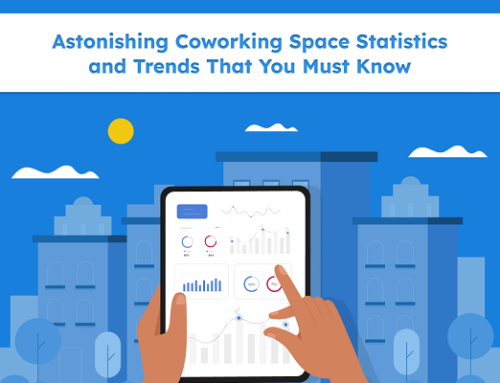Motivating employees can be a tricky subject. In the past, many companies have used “blanket management,” which treats all employees the same way. But today’s low employee engagement rates are proving the one-size-fits-all motivational tactics are just not working.
That’s because blanket motivation makes assumptions about why employees are demotivated—and usually that assumption is that employees are lazy. That’s sort of like hearing a strange noise coming from under the hood of your car and saying, “Oh, this is a bad car.” Chances are, the car isn’t bad—and neither are your employees.
You just need to get under the hood and get to the real issue. This guide to employee motivation will teach you what’s causing your employees to feel disengaged. You’ll also learn about these four types of motivation:
Intrinsic Motivation
Intrinsic motivation relies on employees’ natural desire to work. It’s about presenting employees with work that piques their interest, challenges them to think outside the box, and encourages them to learn new things. This works especially well for creatives, who enjoy making art, or for those in service industries, who enjoy helping other people for the sake of doing something nice.
Extrinsic Motivation
Extrinsic motivation is the most commonly used, relying on external stimuli to evoke a certain response. Some managers use negative extrinsic motivation, punishing workers for mistakes or poor performance, but positive extrinsic motivation tends to be more effective. When employees receive gifts or rewards, it create a positive, comfortable work environment.
Personal Motivation
Personal motivation focuses on their goals, beliefs, and values. Think of it like this: if an employee places a high value on family, you can best motivate them by showing them how their work will benefit their family. This person might work extra hours during the week to have weekends free, whereas someone else might prefer to work weekends to keep their weekdays short.
Peer Motivation
Peer motivation relies on your team’s internal connections to one another. Depending on the personalities in your team, this could manifest as a competitive drive or as a desire to do something nice for others. You can bring out peer motivation with team building events, in-house competitions, or off-site social events that encourage employees to get to know and invest in one another.






Leave A Comment